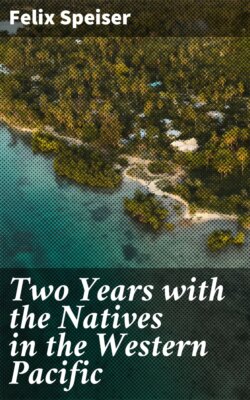Читать книгу Two Years with the Natives in the Western Pacific - Felix Speiser - Страница 6
На сайте Литреса книга снята с продажи.
Climate
ОглавлениеTable of Contents
The climate is not hot and very equable. The average temperature in Efate in 1910 was 24.335° C.; the hottest month was February, with an average of 27.295°, the coolest, July with 11.9° C. The lowest absolute temperature was 11.9° C. in August, and the highest 35.6° C. in March. The average yearly variation, therefore, was 5.48°, and the absolute difference 23.7°.
The rainfall is very heavy. In December the maximum, 564 mm., was reached, and in June the minimum, 22 mm. The total rainfall was 3.012 mm., giving a daily average of 8.3 mm.
These figures, taken from a table in the Neo-Hebridais, show that the year is divided into a cool, dry season and a hot, damp one. From May to October one enjoys agreeable summer days, bright and cool, with a predominant south-east trade-wind, that rises and falls with the sun and creates a fairly salubrious climate. From November to April the atmosphere is heavy and damp, and one squall follows another. Often there is no wind, or the wind changes quickly and comes in heavy gusts from the north-west. This season is the time for cyclones, which occur at least once a year; happily, their centre rarely touches the islands, as they lie somewhat out of the regular cyclone track.
A similar climate, with but slightly higher temperature, prevails on the Santa Cruz Islands.
